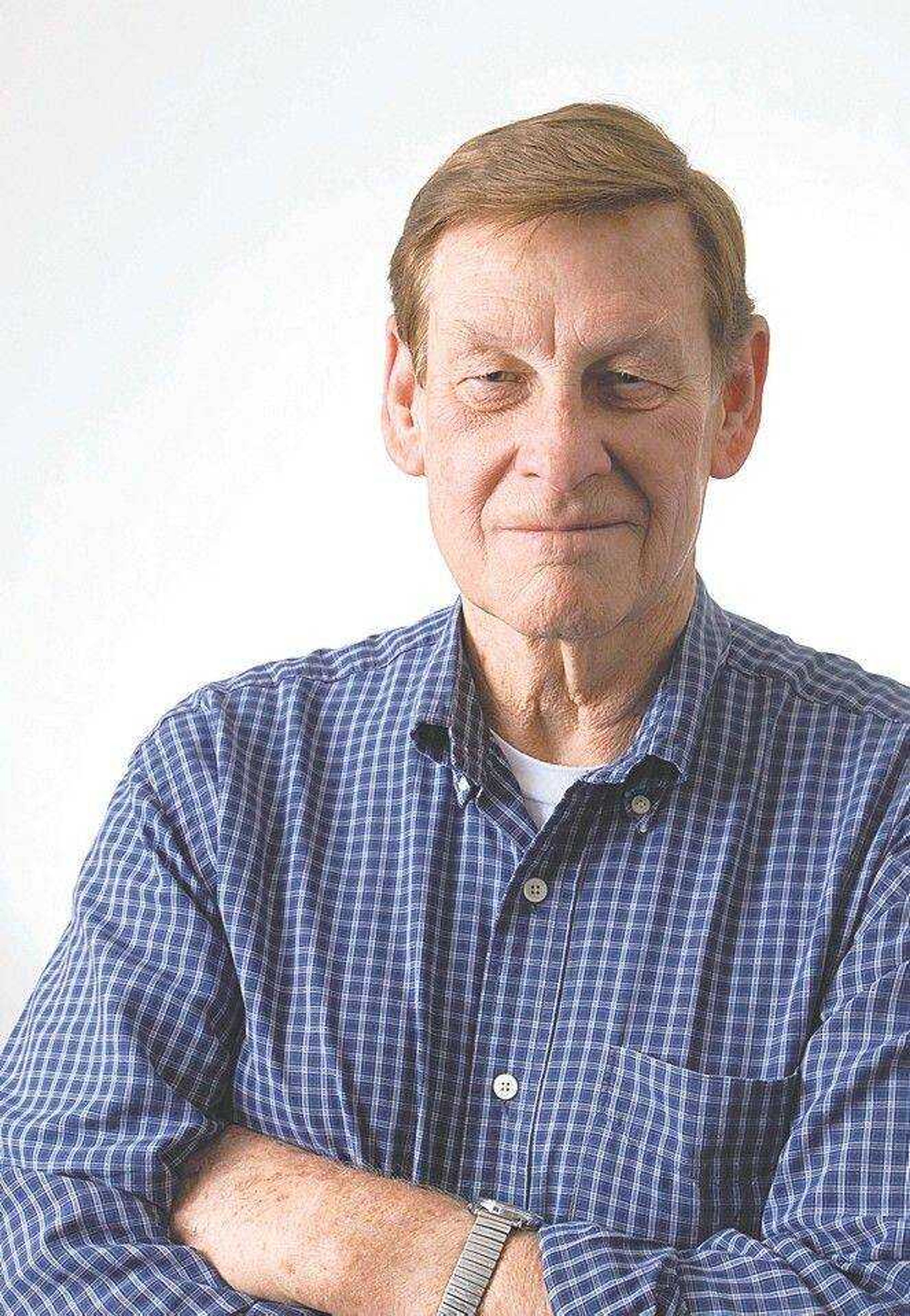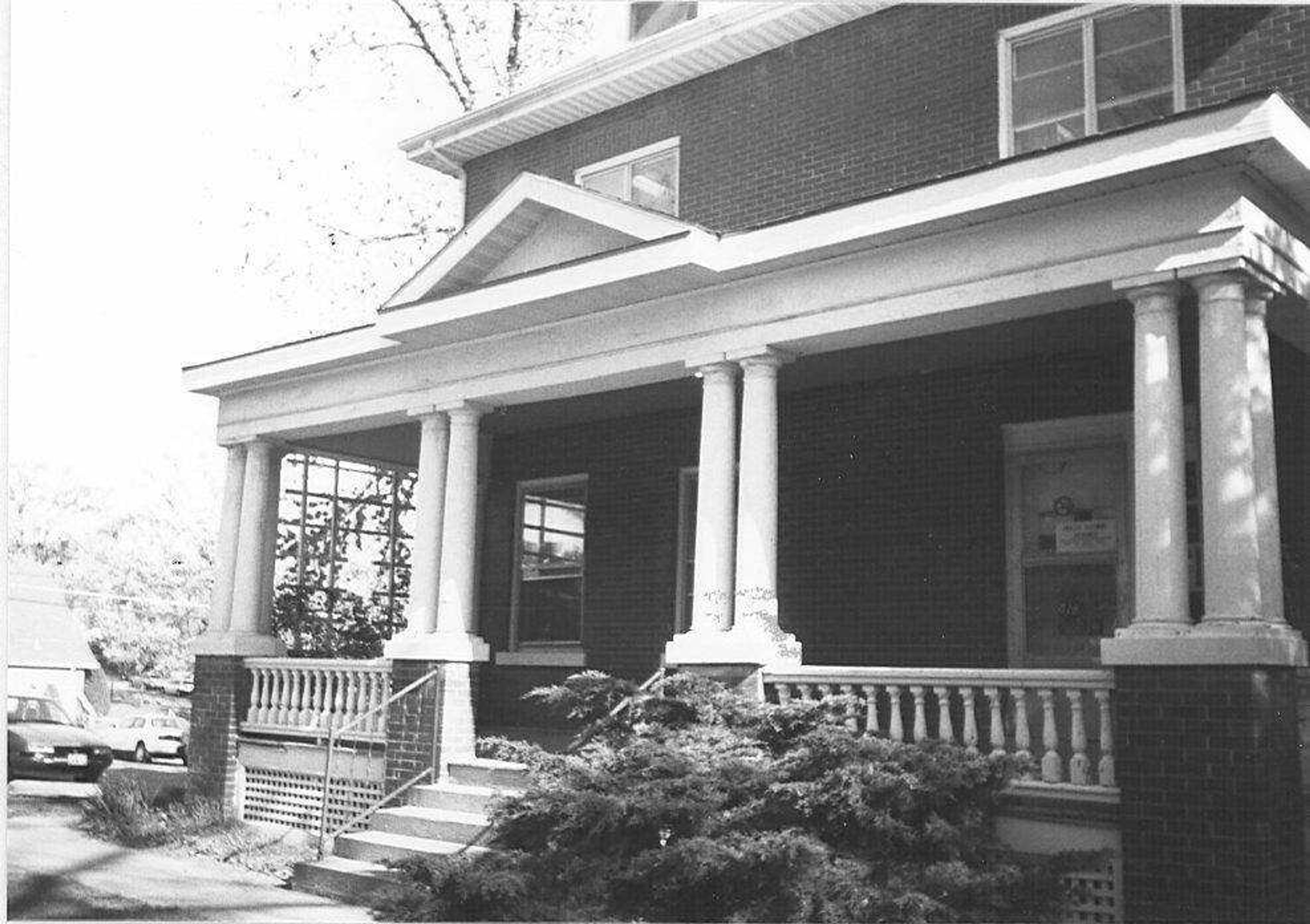Serving school, community
Southeast Missouri is defined by its special people and special places and Henry Stephen Moore and his house at 828 North St. in Cape Girardeau qualify. On Feb. 19, 1955, professor Arthur Clay Magill stated that colleges did not consist of buildings, classrooms, laboratories, classrooms nor even libraries. ...
Southeast Missouri is defined by its special people and special places and Henry Stephen Moore and his house at 828 North St. in Cape Girardeau qualify.
On Feb. 19, 1955, professor Arthur Clay Magill stated that colleges did not consist of buildings, classrooms, laboratories, classrooms nor even libraries. Colleges, in his view, consisted of people -- teachers, students and staff. The greatest resource any college or university could have, he added, are great teachers. And, according to Magill, one of the greatest teachers to serve the Cape Girardeau college was Henry Stephen "Hal" Moore, who was a member of the faculty at Southeast Missouri State University from 1904 to 1955, though the school was called by a different name. It was surely one of the longest periods of service by anyone who served the university in a teaching capacity.
Upon his retirement in 1955, Moore was praised by colleagues, students and administrators. Magill said he was a great teacher, distinguished by a pleasing personality, sincerity and broad scholarship. Magill asserted that no other individual had so influenced the leaders of southeast Missouri on social and political issues as Henry Moore.
University president Walter Parker commended Moore for his service as a teacher, calling him a man of principle and conviction, a gentleman of the old school, whose half century of service was unparalleled at the college.
Moore was born Oct. 8, 1872 on a farmstead near Oran, Mo. He attended college at Southeast from 1891 to 1895, the University of Missouri from 1896 to 1899, and the University of Leipzig in eastern Germany from 1899 to 1900. He returned to Cape Girardeau and on Christmas Day 1901, married his former undergraduate classmate, Mildred Eliza (Lila) Stuart.
In September 1904 Moore joined the faculty of Southeast and on July 1, 1905, purchased land from Robert B. Oliver, upon which he built a family home at 828 North St., two blocks from the campus. The family lived there until 1959 when the house was sold to Mr. and Mrs. Elmer Schearf who then sold it in 1962 to Mr. and Mrs. Elmer Hawn. From that time to its destruction in 2006 it was known as the Moore-Hawn House.
From 1910 to 1955 Moore established a reputation as a great gardener, and the land behind his house, where the parking lot for the Harold O. Grauel Building is located, was identified as one of the most beautiful and productive garden spots in the community, made distinct by its orderly rows of vegetables and beautiful flowers. A vigorous man, Moore was also known as a serious tennis and croquet player, as were his wife and children, Helen and Stuart. A close friend, professor Jeptha Riggs, claimed that Moore swung a wicked racket.
During World War I when coal was in short supply, Moore and Riggs formed a wood-cutting partnership, but Riggs found it difficult to keep up with his cross-cut saw friend, who occasionally suggested that Riggs pick up his feet if he wanted to ride.
In 1945 Lila Moore died, and in her honor professor Moore and his family created the Moore Institute of Human Relations. The funds provided by this institute were used to endow a series of lectures which brought prominent scholars to the community, including William Elliott of Harvard, Dr. Huston Smith of Washington University, Dr. Cornelius Kruse of Wesleyan University, Dr. Henry Steele Commager of Amherst Universit,; Dr. Phillips Bradley of the University of Illinois, Robert A. Smith of the New York Times and Dr. Daniel Prescott of the University of Maryland. For more than a decade this was one of the outstanding college lecture series in the nation.
At Moore's retirement party in 1955, Riggs offered his friend a toast from Byron: "With this water, as with wine/The libation I would pour/Should be peace to mine and thine/And health to you, Hal Moore."
Within a few weeks, Moore suffered a fatal heart attack. For more than half a century Henry Stephen "Hal" Moore brought distinction to Southeast Missouri State University.
He was clearly a special person.
Frank Nickell is the director of the Center for Regional History at Southeast Missouri State University. He studies the history of Southeast Missouri and the people in it. You can also hear his award winning program, "Almost Yesterday" at 7:49 a.m., Wednesdays on KRCU, 90.9 FM and KSEF, 88.9 FM, Farmington.
Connect with the Southeast Missourian Newsroom:
For corrections to this story or other insights for the editor, click here. To submit a letter to the editor, click here. To learn about the Southeast Missourian’s AI Policy, click here.











